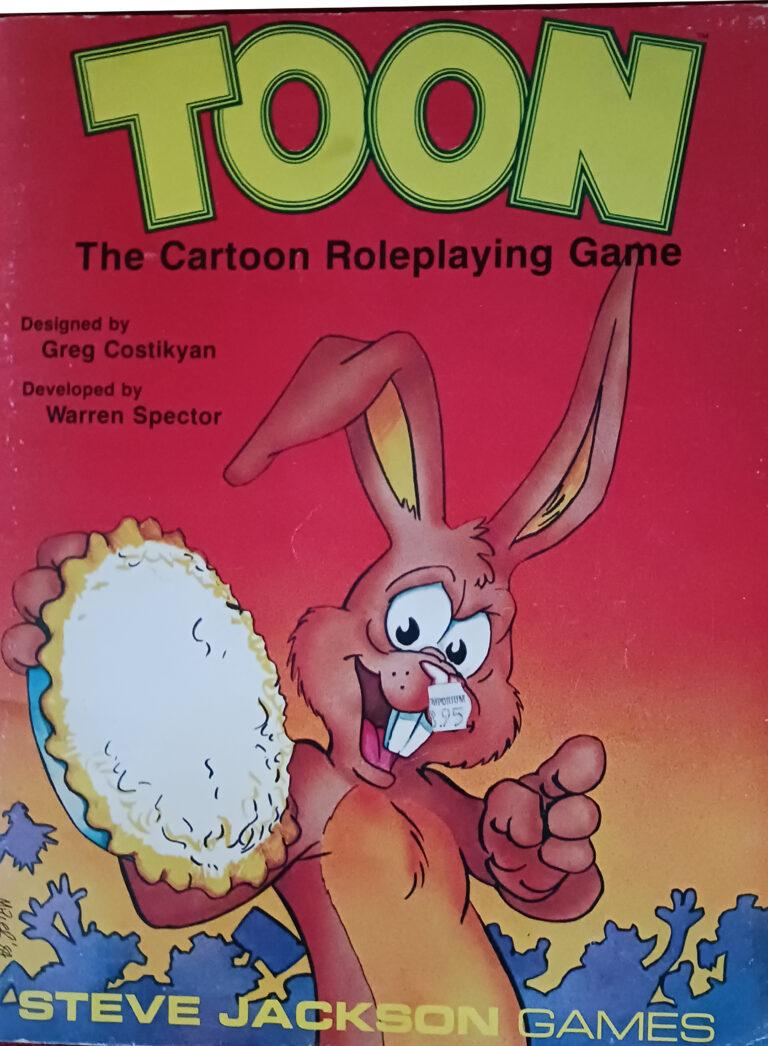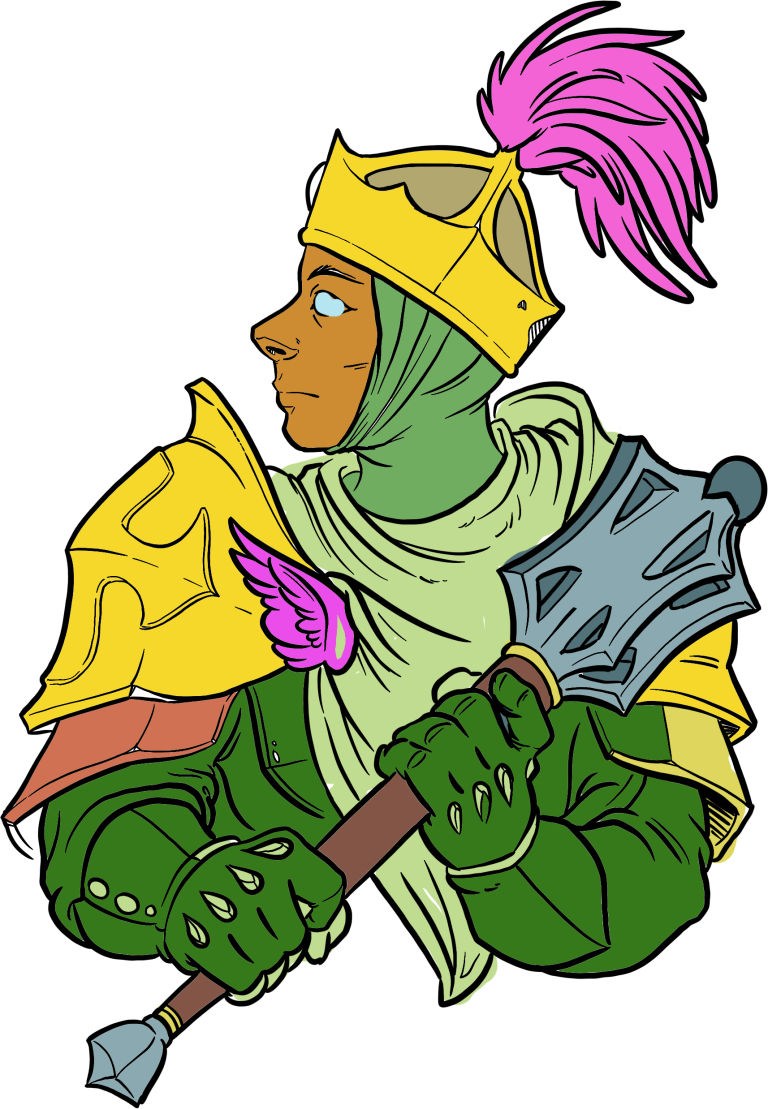By GamerMomLuna
NOTE: No products or money were provided in exchange for this review.
At PAX East 2022, I was able to pick up a copy of Stephen Dewy’s 81-page book, Ten Candles: A Roleplaying Game of Tragic Horror. I’d heard good things about the game, and for an affordable price of $28, you can pick up a printed copy from the Cavalry Games website. (The PDF version is also available for $10.)
Horror isn’t a genre I tend to play a lot of, but I knew this wasn’t designed to be “gore-type” horror, so I thought it could be interesting. However, one key takeaway that players and GMs need to understand is that the player’s characters will die at the end. That’s just how the system works.
The book is marketed as:
…a tragic horror tabletop roleplaying game based around cooperative storytelling. It is designed for one-shot sessions (rather than ongoing campaigns) and can be played with any number of players and one gamemaster. A game of Ten Candles lasts 2-3 hours. Players take the roles of survivors in the middle of a sunless apocalypse, living out the last few hours of their character’s lives. The gamemaster controls Them, the unseen adversaries who stalk just beyond the light’s edge.
I started reading the book in my hotel and knew within just the first few pages that I absolutely wanted to learn how to run this game (and anyone who knows me knows that I don’t say that often, if ever).The overall feel of the game really got me interested. For anyone unfamiliar with how the game works, it is called Ten Candles because it is played for the length of time ten tealight candles remain lit. Each time a candle goes out, whether because it burned out or because of some other cause, the story progresses to a new scene. Regardless of what causes a candle to darken, it can never be relit. When one candle is left, the final scene begins, and when all are dark, the game is over.
Character creation works very differently in this game than in many other TTRPGs. Characteristics are written on index cards and passed around to other players at the table. What you write down isn’t what your character ends up playing.The game play actually starts at character creation, which is why all of the candles don’t go out at the same time – they light as you progress through the character creation process.
Characters come up against challenges requiring skills, smarts, a general bit of inspiration, and sometimes downright luck. The game is played with a communal pool of dice shared by all players, and to overcome a challenge, the player rolls the pool. Players are rolling against a pool of dice that the GM uses – a pool that grows as the player pool shrinks through the game. The pool of dice determines who narrates the outcome of the action. The more dice the GM has, the more likely they are to win as the game progresses.
The stories that can be told with this game are able to be set in any genre. It is a truly setting agnostic system. The GMs main job in this game system is to create a sense of terror for the players. Some of that is already built into the mechanics of the game: playing in a darkened area, a time limit, losing narrative control as the game goes on. The GM doesn’t need to throw the players into combat all the time to make the game intense.
Overall, this game is absolutely worth checking out. With the book only 81 pages long, it’s quick to read and pick up. Played only with a pool of d6s, it’s readily accessible. It is a large step outside of the more well known TTRPGs that use statistics and combat to keep the game moving, instead relying on heavy roleplay and character teamwork to tell the story.
Have you played or run a Ten Candles game? Tell us about your experience with it in the comments below!





